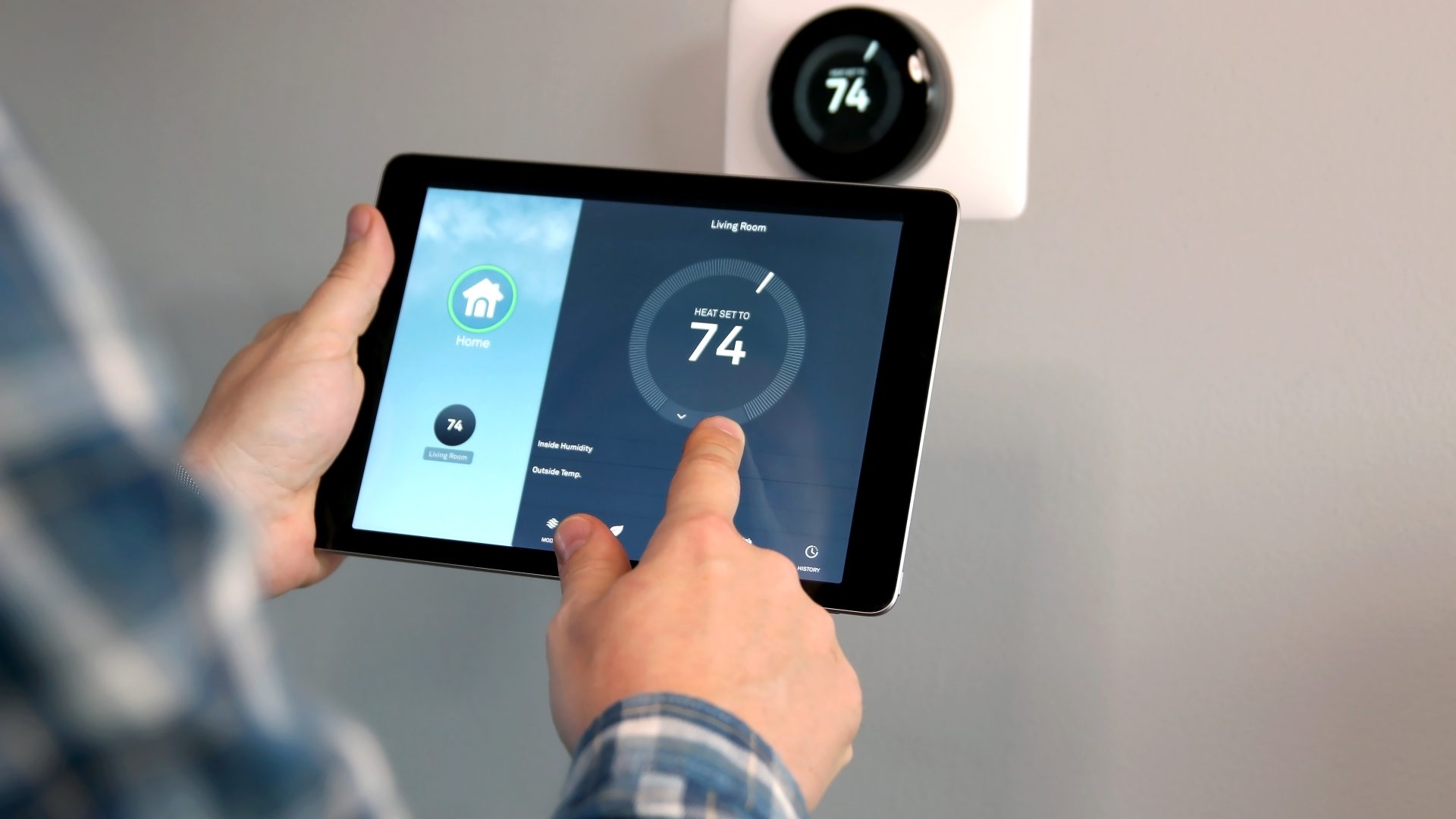The Top Myths About Furnace Repairs Debunked
Furnace repairs can be complex, often surrounded by misconceptions that can lead to confusion and costly mistakes. At Advanced Cooling, we’ve been serving Texas and Oklahoma since 2001, providing our customers with reliable and affordable heating solutions. To help you...
Comparing Different Types of Air Conditioning Systems for Installation
When choosing an air conditioning system for your home or business, several options are available, each with benefits and considerations. At Advanced Cooling, we’ve been providing top-tier heating and cooling solutions in Texas and Oklahoma since 2001. Understanding the various...
The Latest Innovations in Air Conditioning Installation
As the climate changes and technology advances, air conditioning has seen significant innovations. At Advanced Cooling, we’ve been providing top-notch heating and cooling solutions to Texas and Oklahoma since 2001, always staying abreast of the latest developments in HVAC technology....
How to Prepare Your Home for a New Air Conditioning Installation
Installing a new air conditioning system is a significant investment in your home’s comfort and efficiency. At Advanced Cooling, we understand the importance of a smooth installation process, ensuring that your new system operates optimally from day one. Proper preparation...
How Weather Conditions Affect Furnace Repair Needs
As the temperature drops, the importance of a well-functioning furnace becomes evident. At Advanced Cooling, we understand that weather conditions significantly impact furnace performance and repair needs. In this article, we'll explore how various weather conditions can affect your furnace...
The Connection Between Furnace Repairs and Indoor Air Quality
Maintaining good indoor air quality (IAQ) is crucial for a healthy and comfortable living environment. One often overlooked aspect of achieving this is ensuring that your furnace is in optimal working condition. At Advanced Cooling, we understand that regular furnace...
How to Avoid Common Furnace Repair Scams
When your furnace breaks down, the last thing you want is to fall victim to a repair scam. Unfortunately, the urgency of a heating emergency can make homeowners vulnerable to deceptive practices. At Advanced Cooling, we believe that informed customers...
Understanding Furnace Repair Costs: What to Expect
Understanding the potential costs involved when your furnace needs repair can help you make informed decisions and manage your budget effectively. At Advanced Cooling, we aim to provide our Texas and Oklahoma customers with clear and transparent information regarding furnace...
Understanding Air Conditioning Repair Warranties and Guarantees
Understanding warranties and guarantees can significantly impact your decision-making process and long-term satisfaction when it comes to air conditioning repair. At Advanced Cooling, we recognize the importance of clear and comprehensive warranties and guarantees in ensuring our customers receive the...
Prolonging Your AC Unit’s Lifespan with Timely Repairs
Air conditioning units are indispensable in maintaining comfort during the extreme temperatures experienced in Texas and Oklahoma. However, like any mechanical system, they require regular care and attention to operate efficiently and last as long as possible. At Advanced Cooling,...
